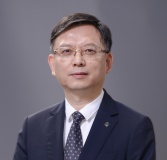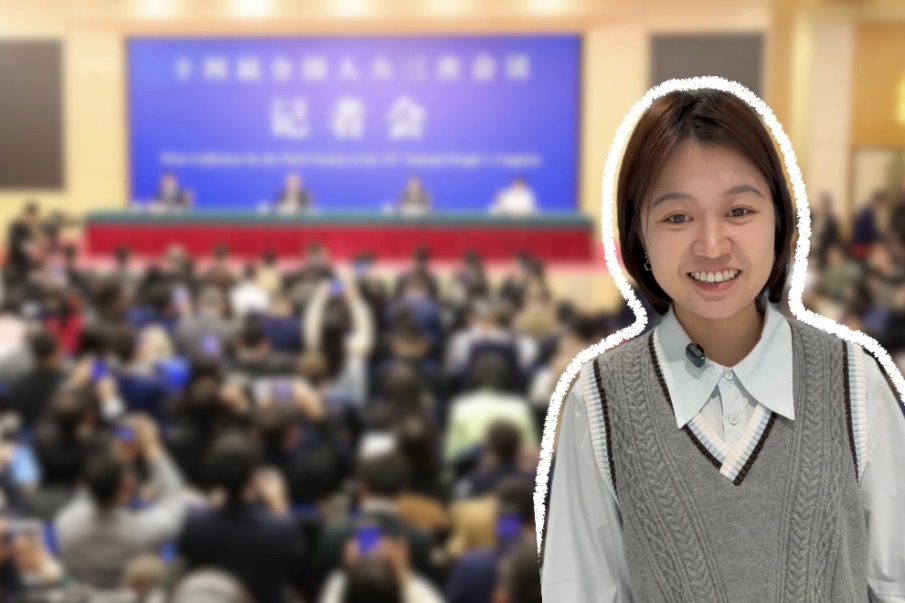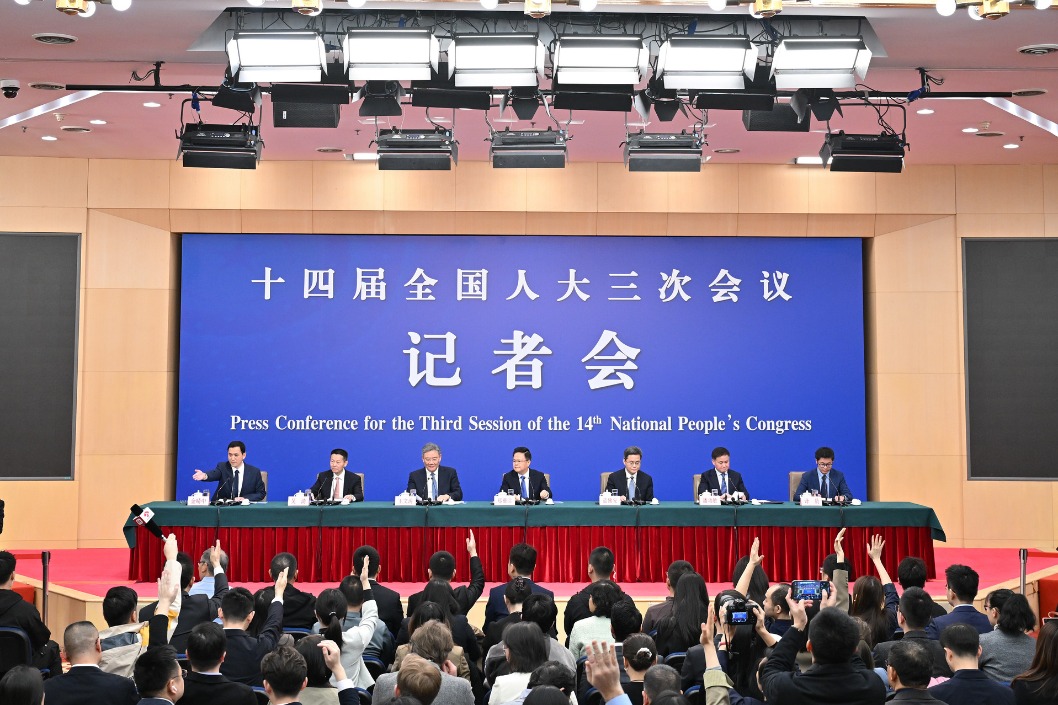Concerted efforts necessary to bridge AI talent gap


Artificial intelligence is not only driving economic transformation but also reshaping global competition. Recognizing its significance, major economies have adopted national strategies to gain a competitive edge in AI development.

According to the World Economic Forum, trends in AI and information processing technology are expected to create 11 million jobs, while simultaneously displacing 9 million others between 2025 and 2030. And McKinsey& Company estimates that China could face a shortfall of up to 4 million AI professionals by 2030. Bridging this gap with a robust pipeline of top-tier AI talents is critical to the success of national AI strategy.
Yet the current AI education system faces several bottlenecks that are hindering the development of a skilled workforce. First, AI curriculums and teaching resources lag behind technological and industrial advancements. AI is characterized by interdisciplinary depth, rapid innovation cycles and close integration with industry. But the traditional university structure, with its rigid departmental boundaries, often fails to foster interdisciplinary collaboration or meet the evolving needs of industries.
Second, faculty members often lack hands-on engineering experience. While the number of AI PhD advisers in China has grown by 40 percent in the past five years, less than 25 percent have industry backgrounds, according to Tsinghua University's 2023 China AI Development Report. Worse, a Ministry of Industry and Information Technology report says that nearly 70 percent of companies believe AI graduates lack practical skills for real-world applications.
And third, industry-academia collaboration in China remains insufficient. In the United States, universities leverage partnerships with industries to integrate cutting-edge technologies and real-world applications into AI education. But China's AI talent development ecosystem is yet to achieve such a synergy. Most university-industry partnerships in China are confined to general research areas.
To address these challenges, the following measures should be taken. To begin with, a tiered and specialized AI talent training system should be developed, and AI talent development categorized into foundational research, technological innovation and applied AI fields.
While a national AI education advisory committee should be established to guide curriculum design and update teaching content regularly, cross-disciplinary coursework needs to be strengthened and fast-track AI education pathways, expanded to accelerate talent output.
There is also a need to build a dual-track faculty training model, with the education department entrusting some universities and leading enterprises to build industry-academia innovation laboratories in specific sub-fields of AI, and providing policy and financial support for it. Using these integrated innovation laboratories, a flexible talent system should be established to recruit or invite personnel from enterprises to teach in universities.
Universities should also establish a mechanism for young teachers to undergo six to twelve months of paid training at leading AI companies before starting to teach, and invite frontline engineers from enterprises to participate in practical teaching activities to provide students with more practical and forward-looking guidance.
And last, it is important to enhance industry-academia collaboration, by allowing industry-academia innovation laboratories to promote research cooperation among universities, research institutions and enterprises, and explore paid mechanisms to integrate advanced manufacturing equipment and core technological resources from enterprises into the talent development process.
It is also recommended to open green approval channels for school-enterprise cooperation projects, reduce the patent approval period to six months, and transform research results into industrial or commercial use.
With AI reshaping industries and global competitiveness, the ability to cultivate high-level talents will be a defining factor in national success. So governments, universities and enterprises must collaborate to reform AI education, and ensure the workforce of the future is capable of driving innovation.
The author is secretary of the Party Committee of Tongji University and a member of the 14th National Committee of the Chinese People's Political Consultative Conference. The views don't necessarily reflect those of China Daily.
If you have a specific expertise, or would like to share your thought about our stories, then send us your writings at opinion@chinadaily.com.cn, and comment@chinadaily.com.cn.


































